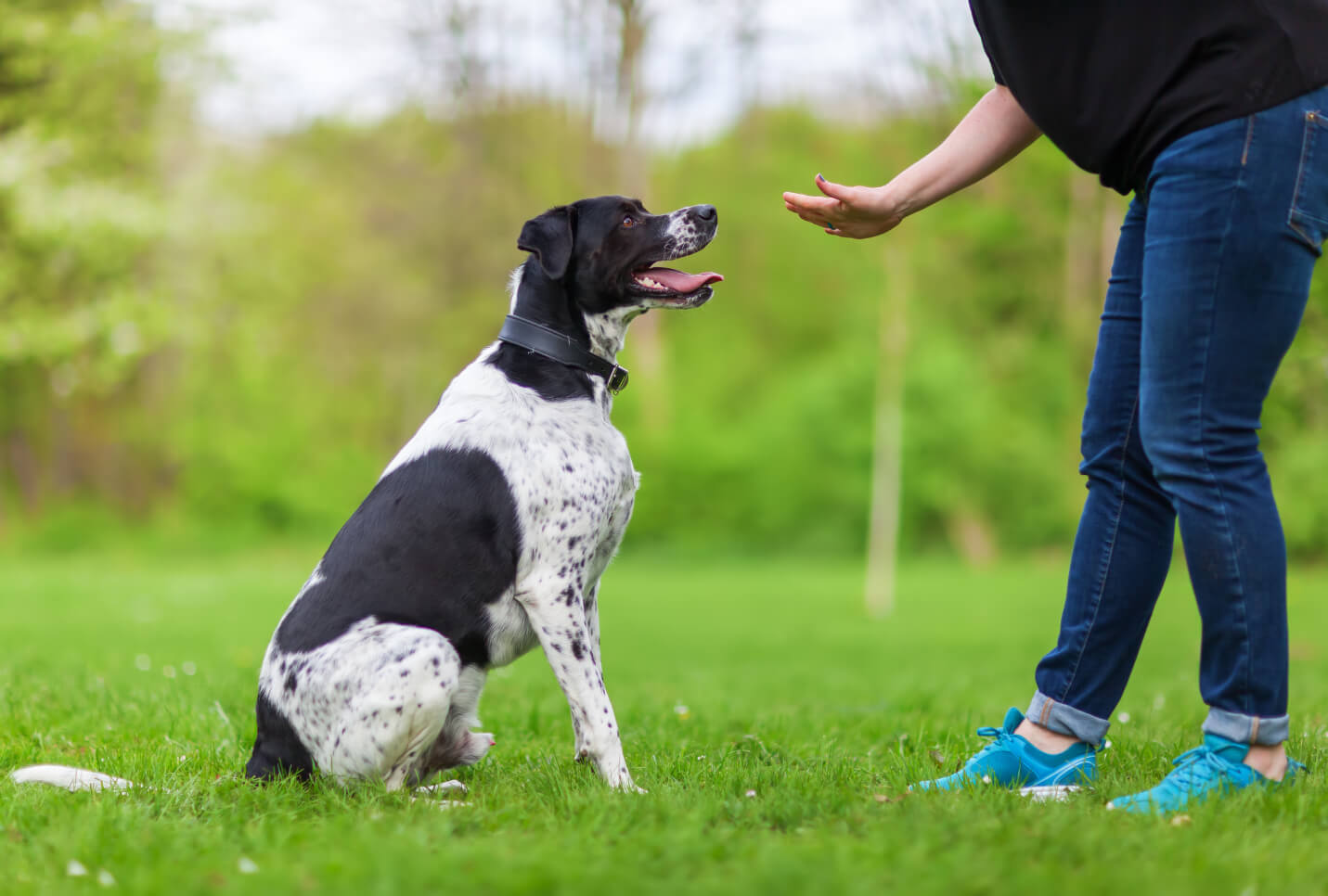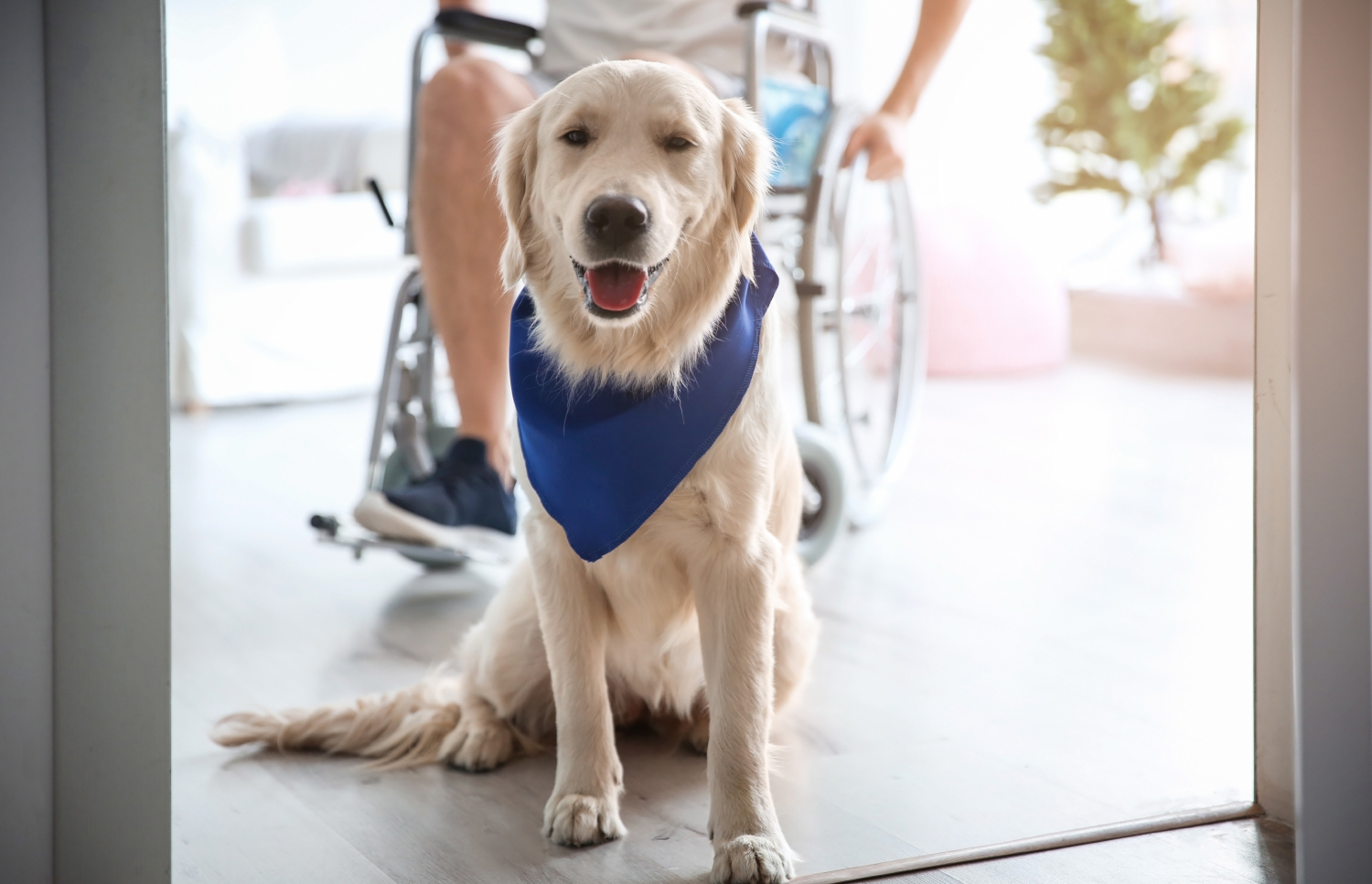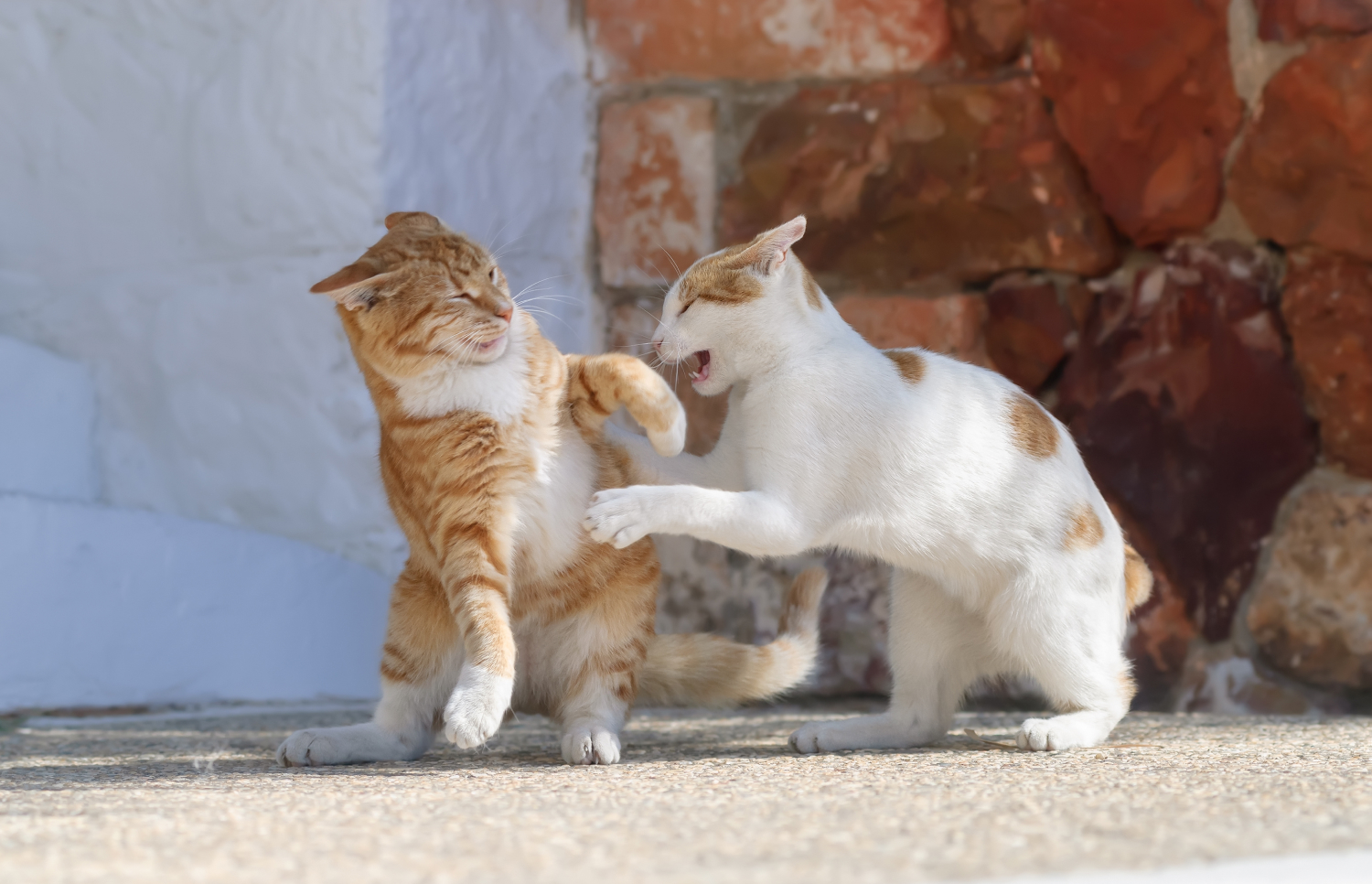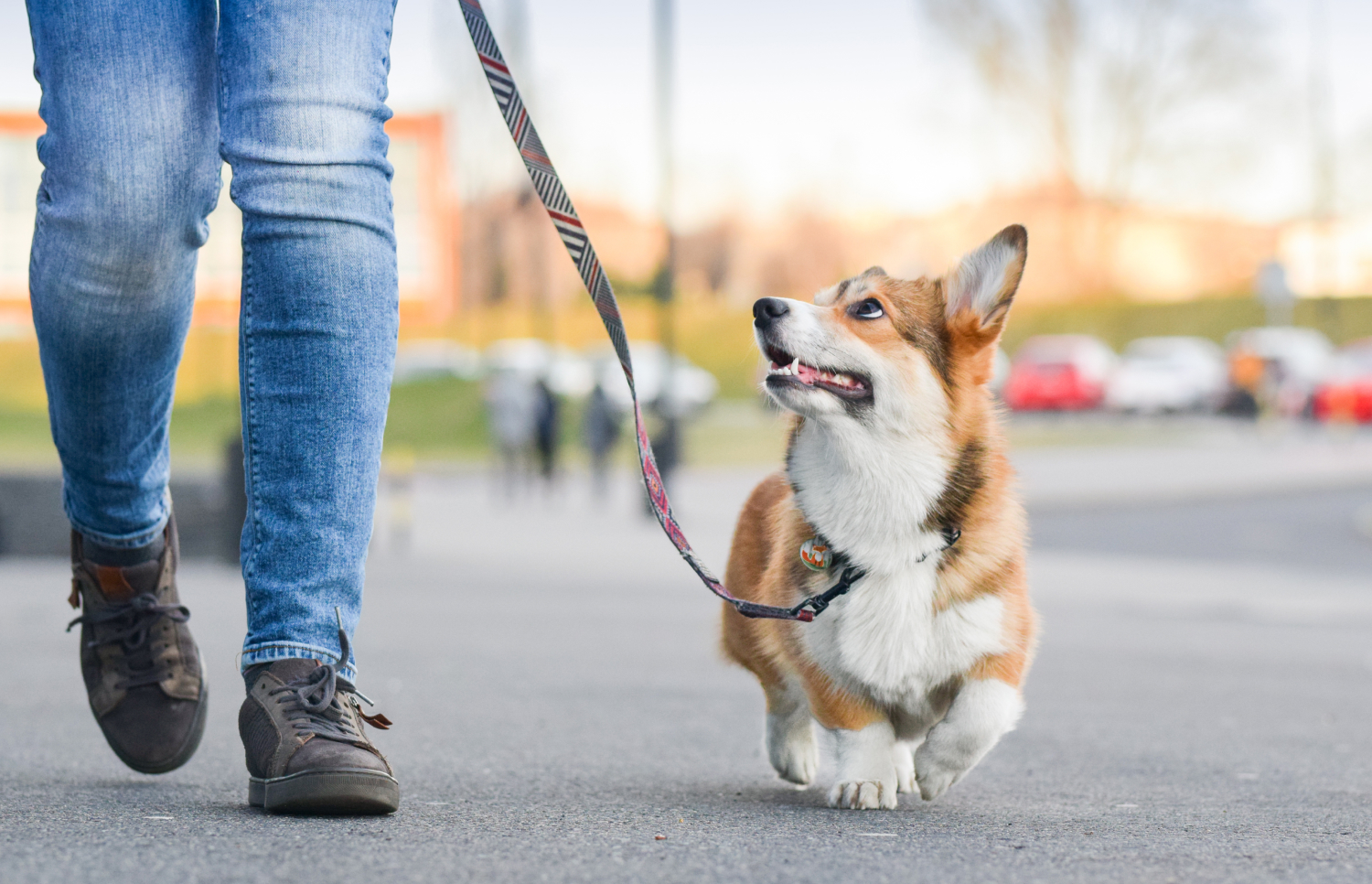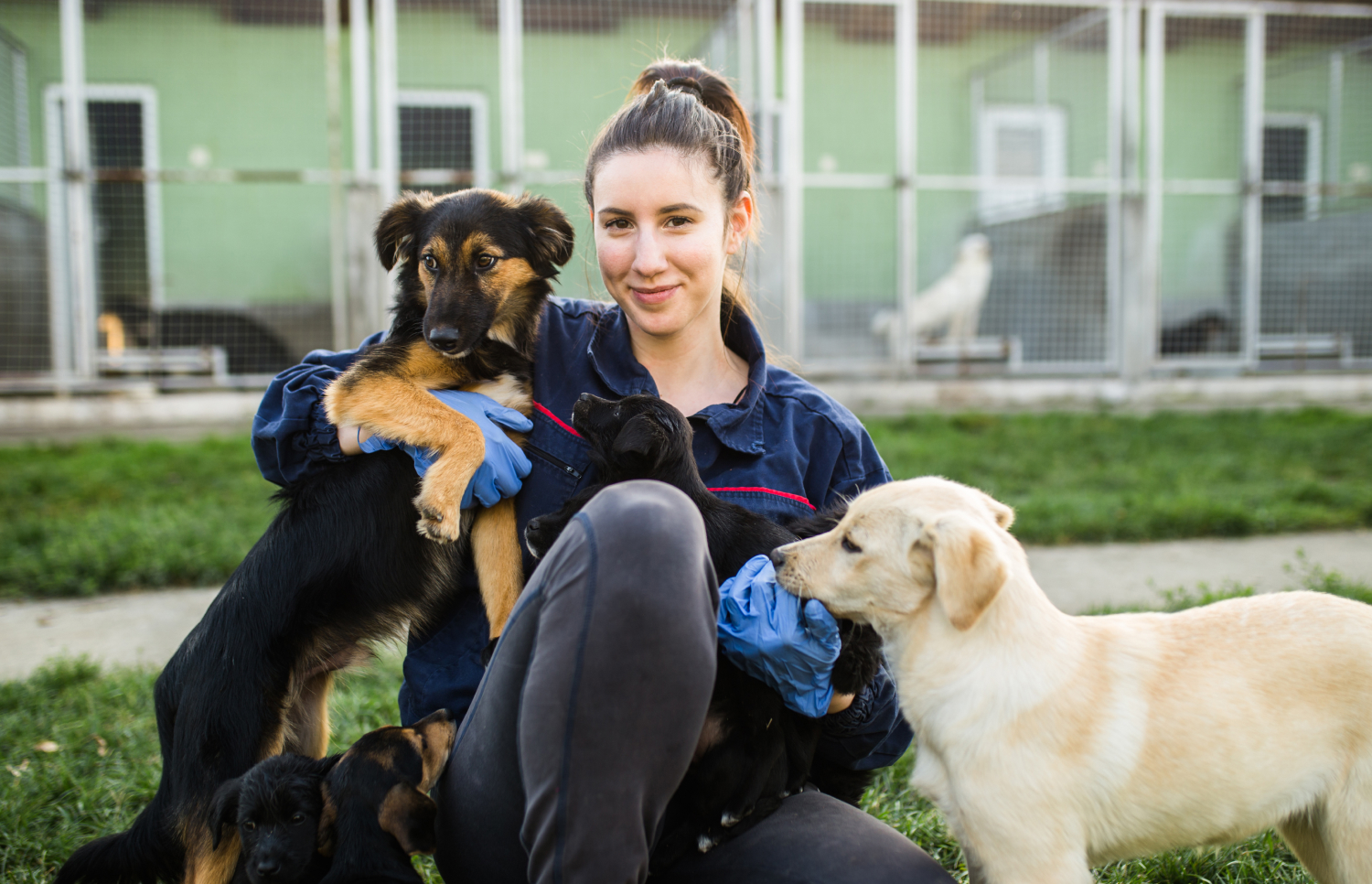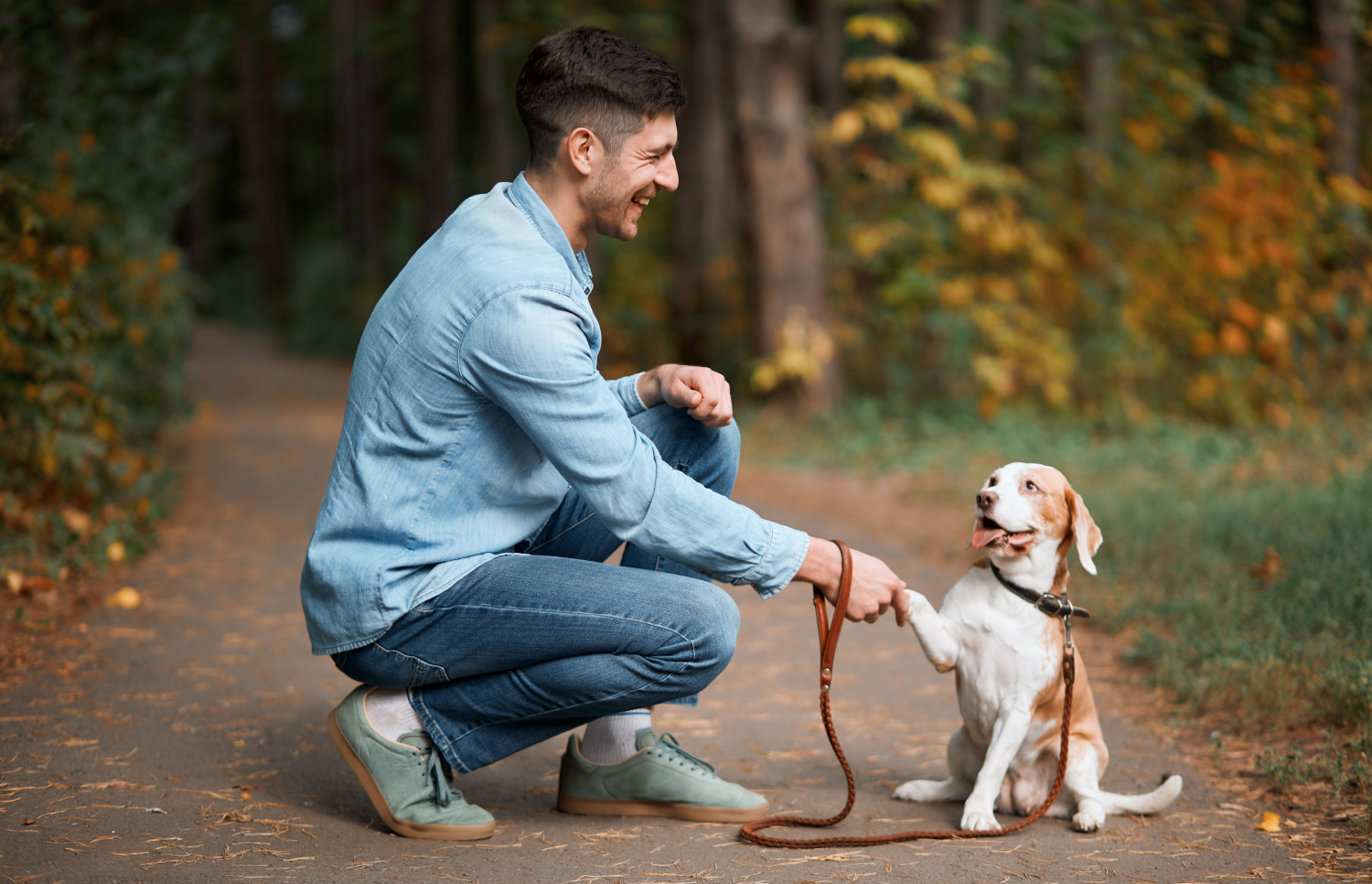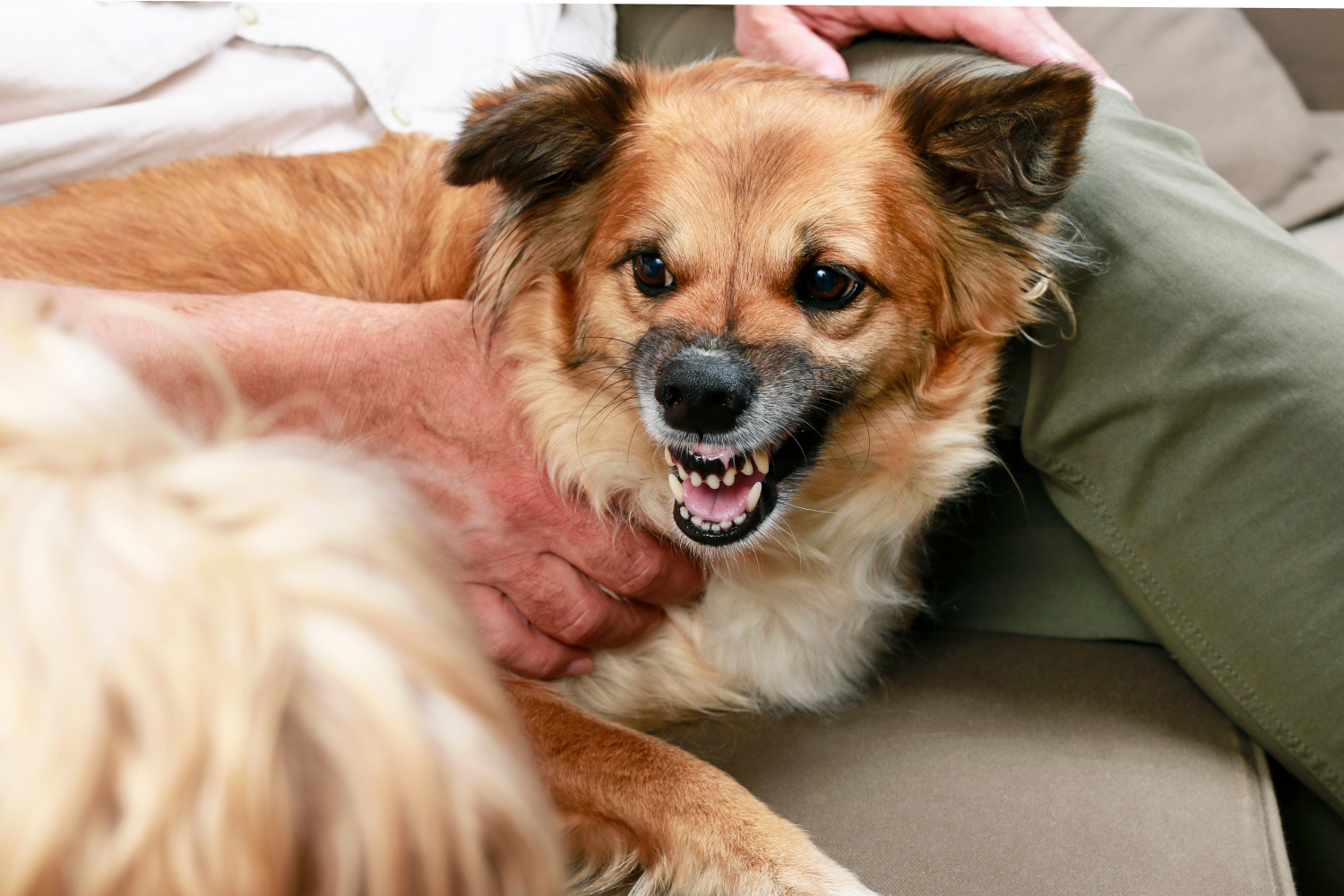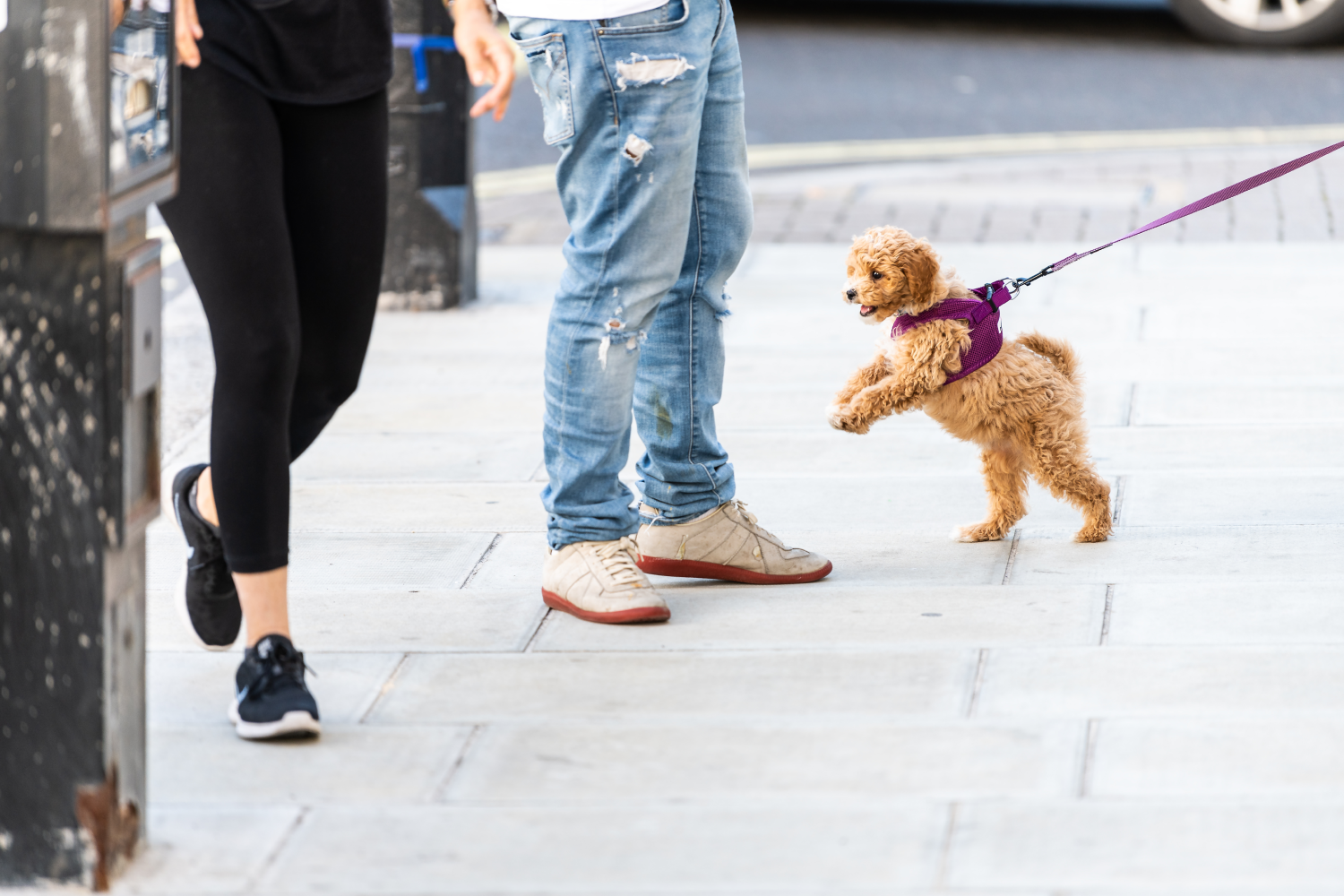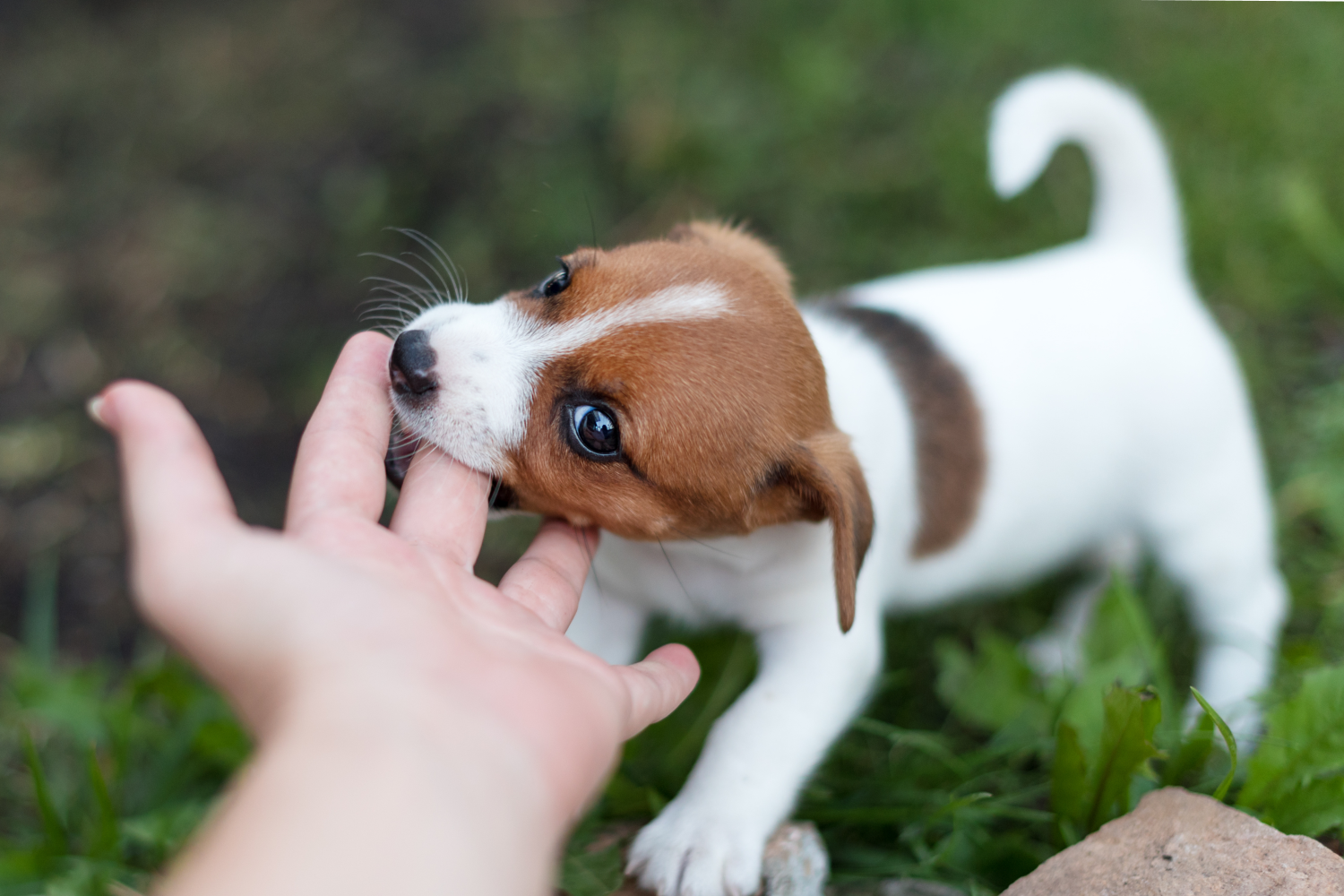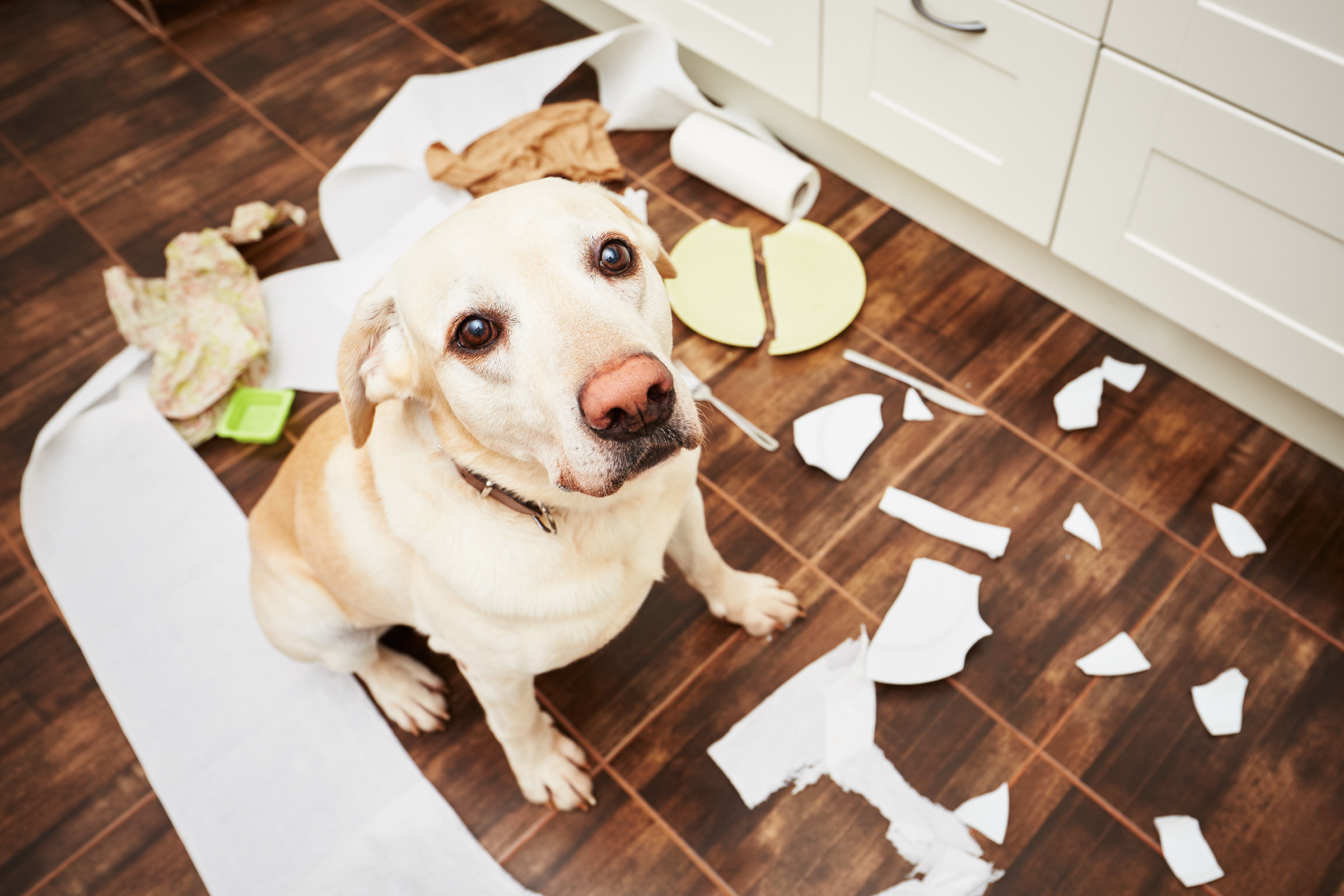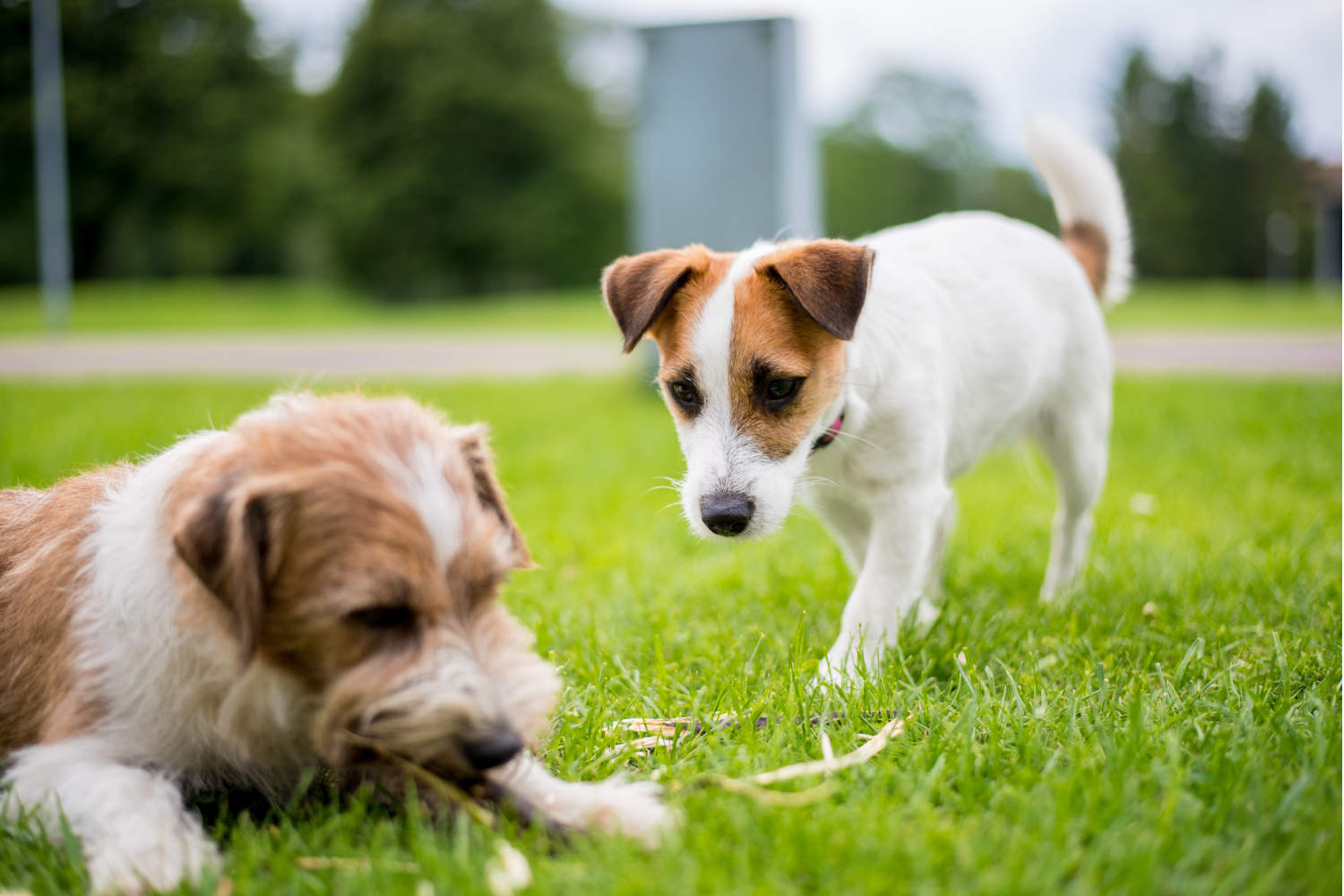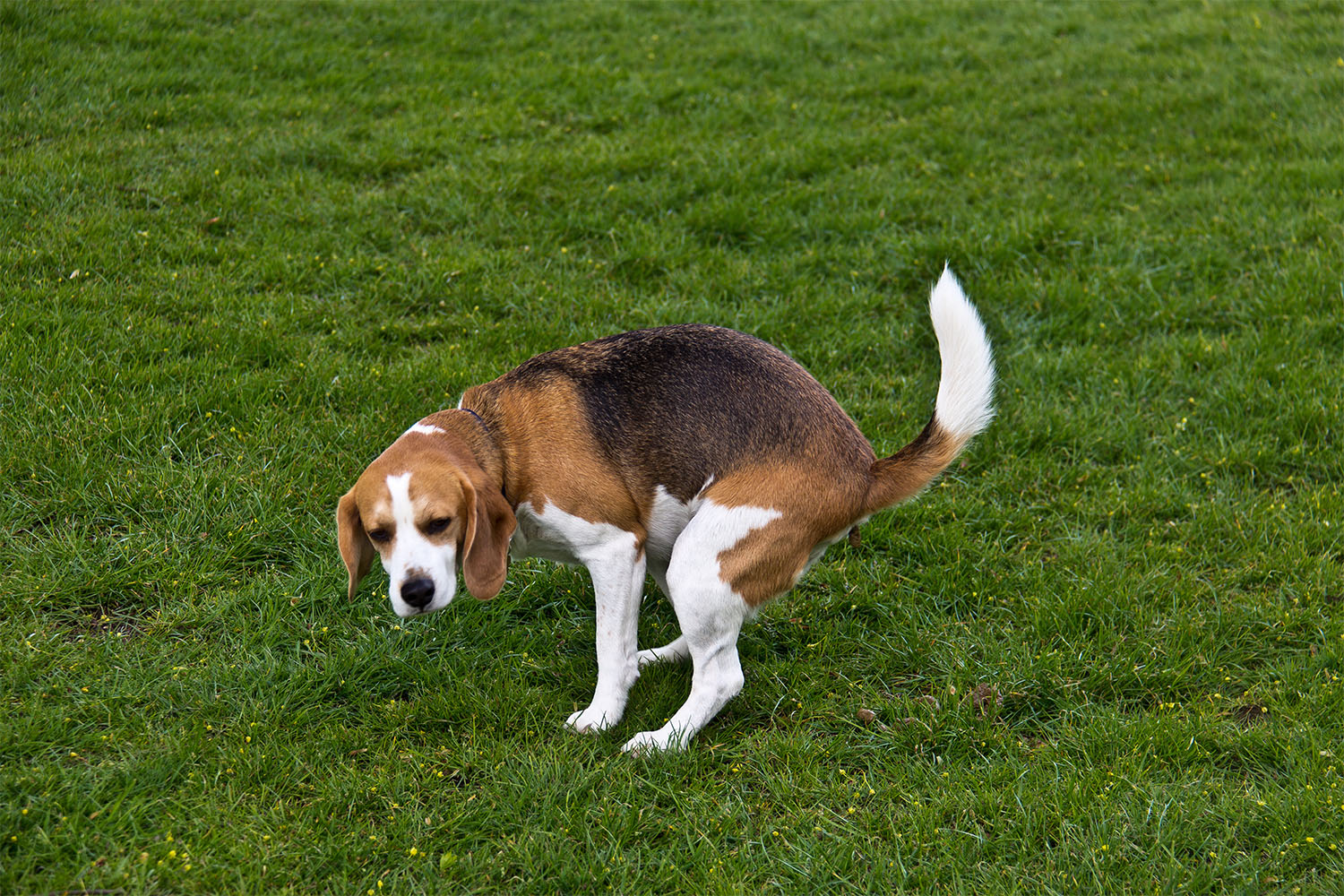Congratulations on becoming a pet parent! It’s truly a gift to build a bond between you and your pet. They offer us loyalty, love, and fun memories. You can always count on your pet to be at the door waiting to greet you after a long day and give you companionship when you need a friend!
Pets can help reduce stress and anxiety; they are a source of comfort when you aren’t feeling your best. Our health is positively affected by dogs, as they force you to get out of the house and go on walks.
Basically, you win in every category when you become a pet parent. The only exception being the amount of space you now have on the couch and the constant need for a lint roller!
While being a pet parent is fun, you have a little work cut out for you. When bringing a new furry friend into your home, teaching them basic commands is a must. Training helps you to effectively communicate with your dog on what you would like them to do and how to appropriately live with you, which increases obedience and keeps your dog, yourself, and others safe.
Teaching basic commons is the key to good dog behavior. Your home will be peaceful and harmonious when your pup has structure and knows the expectations you have for them.
In this article, we’ll discuss the basic commands every pet parent should know (outside of potty training, of course).
1. Sit
The “sit” command is the most fundamental command to teach your dog. It’s often the first command a dog learns, as it provides a foundation for the rest of their obedience training education.
Once this important command is in the books, build on what your dog knows. This is the starting ground for your dog to realize that if they do what you ask, they’ll receive a reward, increasing their attentiveness to you.
Teaching your dog to sit is relatively simple. Using one of their favorite treats or toys, hold it above their head. As your dog follows the treat, they’ll move into the sitting position as you move the treat over their head and toward their tail.
Whenever they sit, immediately say “sit” and give them a treat. Soon your dog will connect the word and the action together. They know once this happens, they will be rewarded.
2. Stay
The “stay” command helps teach your dog self-control and keeps them safe.
The “stay” command is very helpful when you are trying to enjoy dinner and don’t want your dog at the table begging. It can also help prevent dangerous situations, making it a key component of puppy training courses. A well-taught stay command can keep a dog from running across the street to see their canine bestie or running to the ice cream truck.
Many pet parents add a hand signal with this essential command to reinforce the message.
To teach the stay command, tell them to sit and then put your hand out, palm facing them. Make eye contact to check they’re paying attention. As you slowly back away, say, “Stay.” Start the process over if your dog moves. Once they stay for a moment, present their reward and start to gradually increase their stay time.
Eventually, this basic dog training command can set the stage for more complex ones, like “place” or “kennel,” sending your dog to a specific place for an extended period of time.
3. Come
This command is important as you are telling your dog to come to you. This is important for your dog’s safety, especially if they are off of their leash and you need them to come back to you right away. It’s useful in the middle of the night when you let your dog out to use the bathroom, and they are taking their time to come back in.
Grab a friend to help here. Have your friend hold your new puppy as you amp up your dog, calling your dog’s name and shaking a toy or drumming your hands on the floor. After your dog is sufficiently excited to run to your welcoming arms, say “Come” and have your friend release your pup.
When your dog comes to you, give them a treat. Keep the practice up until your dog comes to you every time you call them. To go the extra mile, you might have your dog sit or lie down upon reaching you. (This is where basic obediencehand signals can come in handy.)
4. Leave It
Your dog’s nose can call the shots, and sometimes they become very intrigued by something that could be harmful to them.
The “leave it” command prevents your dog from approaching or grabbing something they shouldn’t, like food, harmful objects, or even other animals. We don’t want our pups pulling toward service dogs, for example. Those pooches are hard at work!
You’ll be grateful that your dog knows the “leave it” command when they find some type of discarded food on walks, and you won’t have to reach in their mouth to remove it.
To teach your dog to leave something alone, place something on the ground that your dog would be interested in, like a toy. While your dog is on a leash, approach the object, but then say “Leave it” and gently pull them away.
It may take a few tries, but when they leave the object alone, give them a treat and lots of praise. Practice until your dog can leave the object alone without being on a leash.
5. Heel
You’ll likely find that your time outside will increase after you get a dog. Our pooches love being outdoors and sniffing all the good things (and sometimes smelly things) the world has to offer. The heel command will be a huge help whenever you walk your dog. This command teaches your dog to walk with you rather than pulling you down the sidewalk.
As you walk, pay attention to the slack of the leash. As soon as the leash becomes tight due to your dog pulling, say “heel” and give the leash a directional tug. Repeat the process until your dog walks beside you without the leash being tight. Keep a treat or two in your hand to entice your dog to stay by your side and reward them for slack in the leash.
With practice, your new puppy will walk on a loose leash by your side. While a heel position generally means your dog is on your left side, it’s essential dogs be able to adapt to anything. Train your new dog to strut on both sides, and you’ll walk in confidence.
Useful Training Tips
When it comes to training dogs, there are a few tips to follow so that your sessions go smoothly and your dog stays engaged:
- Patience. It will take time until your pup gets all the commands under their belt, or should we say collar? Dogs learn through repetition and consistency. Every dog is different, so learning speeds vary from pup to pup. Typically, the more complex the command, the longer it will take to master. Obedience command mastery can also depend on your dog’s breed, age, and personality.
- Utilize the idea of positive reinforcement.Positive reinforcement is giving a reward when a desired behavior occurs. Dogs are highly food-motivated, so a piece of their favorite treat, or even a few kibbles of their dog food, will reinforce the behaviors you desire.
You can also use praise or play with them with their favorite toy. Keep training sessions brief. Know how your attention wanders during a long meeting? Same thing for our pups.
Five to 10-minute sessions are the perfect amount of time until your dog’s attention starts lingering elsewhere. You can have more than one session a day, but keep them brief so your dog’s attention doesn’t wander and they keep wanting more.
- One command at a time. Focus on mastery of one command before going to the next. This will ensure that your dog fully understands each useful command and won’t get the terms mixed up.
- Change up the environment. Train your dog in different places, like at the park when other people and dogs are around. This will help with your dog’s attention and give them further opportunities to respond in different surroundings.

Pawsitive Training With AskVet
If you’re having difficulties or experiencing challenges training your dog, don’t hesitate to seek help. When you are a member of AskVet, you’ll have the expertise of our Certified Pet Coaches™ who can help create personalized pet plans for whatever concerns you have during the pet training process. They can provide guidance and additional techniques to address your dog’s specific needs.
It’s easy to get answers to training and behavioral questions you may have. First, become a member of AskVet for only $9.99 per month. Then, easily sign up in our app for a virtual session with a professional dog trainer.
The added bonuses of becoming a member are not limited to chatting with a Certified Pet Coach™. You also have 24/7 access to a veterinary expert anytime you have a health-related question. In addition to access to a peer-to-peer community to chat with other pet parents. Share cute stories and get advice for whatever part of the training process you are in!
Remember, training is an ongoing process that requires time, effort, and patience. Celebrate every success with your furry pal, and keep things pawsitive! Before you know it, your dog will have several commands down pat, and your relationship with your four-legged best friend will be strong and full of love.
Sources:
The Power of Pets | NIH News in Health
How to Train Your Dog & Top Training Tips | RSPCA
Teach Your Puppy These 5 Basic Cues | AKC
Positive ReinforcementDog Training: The Science Behind Operant Conditioning | AKC
Training ‘stay’ vs. ‘wait’ | Cornell University College of Veterinary Medicine
Clicker Training: Mark & Reward Dog Training Using Clickers | AKC

